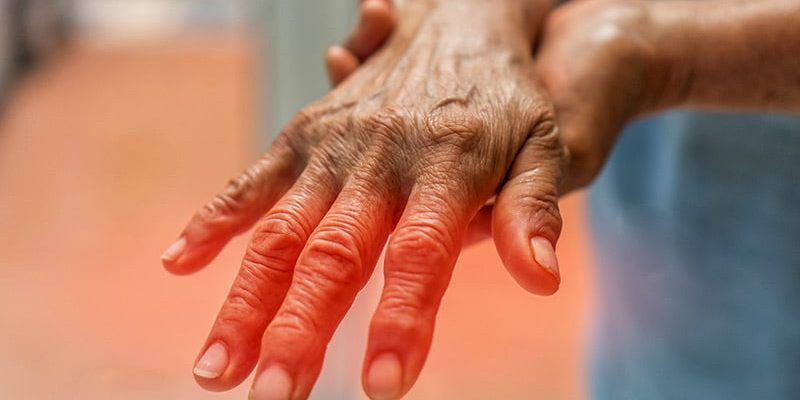Neurologists can play an important role in addressing the alarming increase in diabetic peripheral neuropathy (DPN), a troubling result of the obesity and type 2 diabetes pandemics.

Dr Eva Feldman
Eva L. Feldman, MD, PhD, professor of neurology at the University of Michigan, Ann Arbor, nuclear medicine scans discussed the global burden of diabetic peripheral neuropathy, and the potential role for neurologists in treating it, during a plenary talk at the recent XXVI World Congress of Neurology (WCN).
“We as neurologists have to be cognizant of risk factors that contribute to both injury to the peripheral nervous system and to the central nervous system,” she told Medscape Medical News.
The rise in diabetic neuropathy over the last few decades has paralleled the obesity pandemic and the related diabetes pandemic, said Feldman. Some 60%–65% of Americans are now either overweight, defined as body mass index (BMI) between 25 and 30, or obese, BMI greater than 30.
Of the more than 32 million people in the US with diabetes, Feldman estimates 27% to 42% are living with DPN.
Neurologists, who often get referrals for pain issues, should check BMI and blood pressure in these patients and prescribe an exercise routine, said Feldman.
Huge Public Health Problem
Diabetic peripheral neuropathy “is a huge public health problem,” she said. “It’s one the greatest indicators of mortality in a patient with diabetes. It results in a great deal of disability, poor quality of life, and pain. Anywhere from 10% to 15% of individuals can develop diabetic foot ulcers, and amputations are not uncommon, particularly in minority, low-income populations.”
Not only is DPN a health burden, but an economic one as well, costing about $6 billion a year in the US, she added.
Along with fostering increased type 2 diabetes, the obesity pandemic is also leading to an increase in metabolic syndrome, characterized by hypertension and lipid problems in addition to insulin resistance, said Feldman.
“This constellation of symptomatology drives poor brain health; it affects the peripheral nervous system but also the central nervous system.”
She added that people with diabetes have a two- to three-fold higher likelihood of developing Alzheimer’s disease.
Common presentations of diabetic peripheral neuropathy are loss of sensation or distal to proximal numbness that can be “so severe patients can’t feel their feet,” said Feldman. One of her patients recently had a thumb tack in his foot but was totally unaware of it.
Sometimes the origin of the pain isn’t clear. In that case, “we might do a glucose tolerance test and discover the patient has either prediabetes or diabetes as the cause of their neuropathy,” said Feldman.
She encourages neurologists to be more engaged in disease prevention and to help patients “become more metabolically normal.”
Emphasize Well Care
“We need to go from sick care to well care, from treating disease to preventing disease,” she said. “When a patient comes to me, regardless of their neurologic complaint, if they’re overweight, I will address weight, and I will address their blood pressure and encourage them to continue to address that with their family doctor.”
Feldman also emphasized the importance of physical activity and diet. She pointed to recent research showing aerobic exercise can improve DPN, as can a diet with monounsaturated and polyunsaturated fats instead of saturated fats, and a diet that’s rich in fiber, vegetables, and fish.
She also advocates for collaboration with other specialties to offer patients a more “holistic” approach to care.
Feldman reports no relevant financial relationships.
Source: Read Full Article
